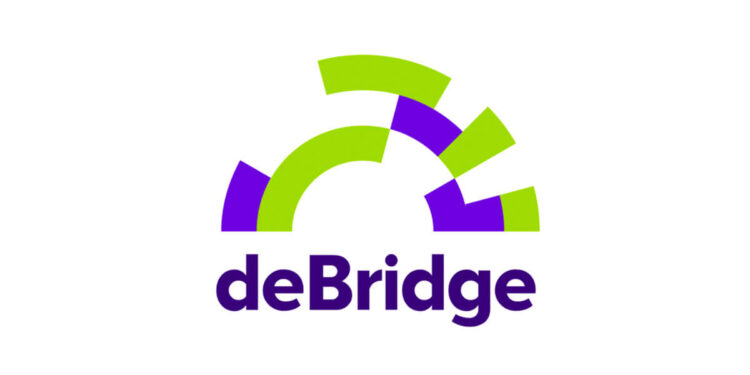According to the official press release, the DeFi protocol deBridge is getting ready to launch the DeSwap Liquidity Network (DLN), which will enable users to execute cross-chain transfers without all of the concerns that are involved with employing a bridge network. The DLN framework helps limitless cross-chain value transfer with minimal slippage and does not require assets to be locked in the system, as stated in the press release.
deBridge intends to address some of the challenges that are currently being faced by bridges by developing this new product. Some of these challenges include scalability, security, and capital efficiency. Order slippage is one of the most significant challenges that blockchain bridges must overcome when it comes to the movement of assets from one blockchain to another. This problem, along with many others, is solved by DLN.
Eliminating Scalability And Security Issues
The company’s focus is on interoperability, and they claim that due to the design of DLN, they can avoid problems that bridges have with the on-chain transfers. The design of the DLN is built on liquidity on demand through a P2P liquidity marketplace, as opposed to the locked liquidity that is used in existing bridges. Therefore, liquidity is only required during the time when the transfer is being settled.
In accordance with this concept, there are only two types of players required: the makers and the takers. Users of the protocol are referred to as makers, and they are the ones that generate orders for cross-chain value transfers. Takers, on the other hand, are on-chain addresses that have sufficient liquidity to complete the transfer. Every time a maker generates an order, the order is broadcast around the network, and a taker has the option to choose whether or not to fulfill the order.
Since there are no pools or locked liquidity, the potential for bridge vulnerabilities is non-existent. This is due to the fact that the total value that is locked up in the ecosystem is zero. The small period of time during which settlement takes place is the only time when the blockchain infrastructure presents any vulnerability at all.
This new method could contribute to the solution of the problem, which eliminates various other obstacles associated with cross-chain transfers, given the significant number of bridge exploits that have occurred over the previous two years. According to DeBridge, the new DeFi infrastructure will be made available on deSwap DEX and other Web3 applications over the next few weeks.
A Decentralized Standard For Cross-Chain Interoperability
The majority of people working in the cryptocurrency industry now adhere to the belief that the future of crypto and finance will consist of a variety of separate blockchains. For this reason, a number of different cryptocurrency initiatives are placing a significant amount of emphasis on the development of more interoperable blockchains. This indicates that programmers are working on developing technological stacks and protocols that will enable various blockchains to exchange essential data and assets with one another in an efficient manner.
These features are necessary because while specific sorts of assets might be present on one blockchain, they would also be necessary for transactions on another blockchain. The functionality of digital assets may be severely constrained if they become “stuck” on a single blockchain as a result of incompatibilities between their underlying software. One forward-thinking endeavor, deBridge, is working toward the establishment of a decentralized standard for cross-chain interoperability and liquidity transfers.
As its founders have explained, deBridge makes it possible for system developers to scale up their protocols, bridge arbitrary assets, and create various forms of cross-chain interoperability applications directly on top of the decentralized infrastructure. According to the information provided on its official site, deBridge is primarily focused on facilitating the beginning of a new era of cross-chain interoperability.
Through the use of the platform, users will have the ability to send arbitrary information or transaction data in order for it to be processed on the blockchain that was meant for it while also carrying out cross-chain calls across multiple smart contracts. The deBridge team believes that the implementation of these tools will make it possible to enable a new generation of cross-chain protocols and applications, which was not the case in the past.























